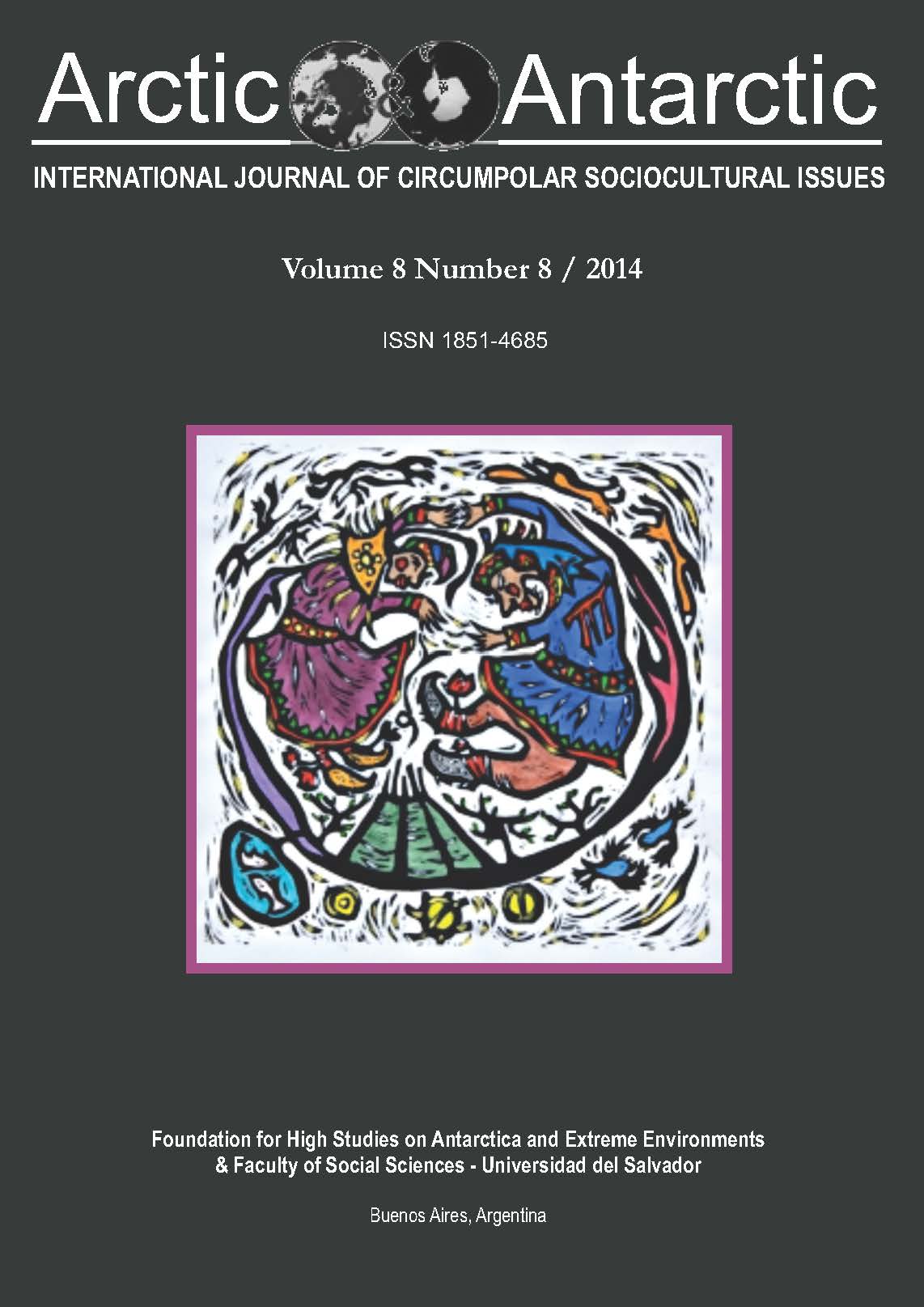Urban Dwelling, Everyday life, Rootedness and Arctic-Antarctic Issues. A comparative study of undergraduate students at the Universities of Buenos Aires, Iceland and Jyväskylä
Enrique del Acebo Ibáñez (University of Salvador, Argentina), Helgi Gunnlaugsson (University of Iceland) & Miikka Pyykkönen (University of Jyväskylä, Finland)
Departing from a theoretical framework where consideration of the urban dwelling in terms of rootedness as a social ‘total phenomenon’ is emphasized: multi-dimensional and interdependent, and of an everyday life recreated in the urban realm. Starting from the design of three non-probabilistic samples of students (with quotas of age, sex and SEL) from the universities of Buenos Aires, Iceland and Jyväskylä, levels of spatial, social and cultural rootedness are measured, in terms of urban belonging, active participation and involvement of the subject in the urban world and its everyday life thereof. Likewise perceptions of the subjects are studied concerning the North-South relation, the meaning of the Arctic and the Antarctica, and environmental problems thereof.
Digging photos and excavating sites. A Comparative exploration of Material culture patterns in Ethnographic photographs and Archaeological sites of Shelk’nam, Yamana and Alakaluf peoples from the Fueguian archipelago (Southern South America, 16th to 20th centuries)
Dánae Fiore, María José Saletta & María Lydia Varela (University of Buenos Aires)
This chapter summarizes the results of systematic investigations which compare the archaeological and photographic records of three native societies of Tierra del Fuego (Shel’knam, Yámana-Yagan and Alakaluf) in order to search for and analyse information about their material culture practices. In order to do so, we firstly analyse a corpus of 1131 photographs taken between the late 19th and mid 20th centuries by 44 photographers and we carry out a “visual archeology”, through which we analyse the formation processes of the photographic record and study some of the native habits recorded in the photos. We then analyse a total of 25 Fueguian archaeological sites of the contact period (16th. to 20th. centuries): their formation processes are assessed and the artefacts (tools and objects) found in these are compared with those recorded in the photographs in order to check to what extent these records corroborate, complement or contradict each other. Given the differences of photographic visibility and archaeological visibility of many of the Fueguian artefacts, the resulting data are relevant to discuss the informative biases and potentials of both records and to shed light on the material culture patterns of each Fueguian society, their intra-society variability and inter-society similarities and differences.
Equal opportunity and transition from school to work in Iceland
Jóhanna Rósa Arnardóttir (University of Iceland)
This article focuses on job opportunities among youths who have completed tertiary education and educational background of their parents. Inequality in education and occupational opportunity have been studied for a long time and results show that young people transferring from school to work face different occupational opportunities based on family background. Equal opportunity policies have been in the forefront of Western societies for decades but even though an increased number of the population complete at least upper secondary education there are still links between social origin and destination. Here a comparison is provided between labour market situation and educational level based on an analysis of the Labour Force Survey and an ad hoc module on entry into the labour market among 16–34-year-olds in Iceland. Results show that youths whose parents have low education are more likely to drop out. Those youths who complete tertiary education are however more likely than others to work in higher skilled jobs independent of whether their parents completed tertiary education or not when controlled for gender, age, residence and nationality. The findings suggest that young people from less privileged family backgrounds can overcome their social obstacles in the labour market by completing tertiary education.
The artisanal coastal fisheries of the Partido de la Costa (Buenos Aires Province, Argentina)
Juan M. Díaz de Astarloa (University of Mar del Plata, Argentina)
The present study attempts to link training and knowledge of the productive sector (artisanal fishermen) with the biological characteristics of the fish resource exploited by those actors: the fish, in order to achieve a better and economic quality of life of the fishing community. The main idea work is to develop synergies between two players that use a common resource (fish) for two different purposes: to determine the biological characteristics and life histories, and obtain the maximum economic advantage that will be sustainable over time to establish a program to strengthen the capacities of Fishworkers and their families. The objective is to contribute to socio-economic progress of the fishermen of the Partido de la Costa, through the strengthening and development of the sector, consistent with the conservation and sustainable management of fisheries resources. We propose the use of training tools on vital importance issues to fisheries, and community organizing.
Human rights revisited: Deceitful Job Offers and Human Trafficking in Argentina
Hólmfríður Garðarsdóttir and Fjóla Dögg Hjaltadóttir (University of Iceland)
The deprivation of personal liberties and the exploitation of human beings are forms of human rights violations widely organized and practiced worldwide. Despite the fact that slavery has been abolished for centuries and is nowadays considered a crime it still continues to exist. This article aims to shed light on a particular form of slavery identified as “trafficking”, and by using the recent Martita Verón case, a recognized victim of trafficking, and her mother’s struggle for justice, a special attention will be paid to “human trafficking” and Argentina. The main objective of this study is to define different forms of trafficking, question the most general obstacles in the fight against human trafficking and point to the most needed steps to promote a more global consciousness about these criminal practices.

